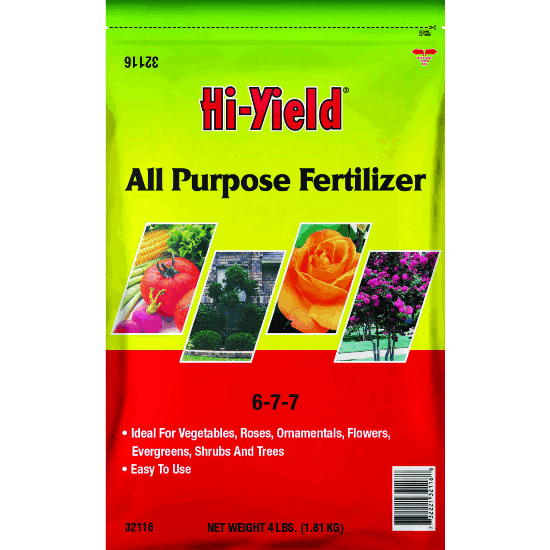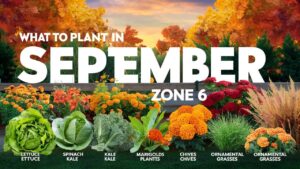As July rolls in, gardens throughout the northern hemisphere are often in the midst of their peak growth period. Whether you’re a seasoned gardener or just starting out, this month presents a wealth of opportunities and challenges for your floral and vegetable endeavors.
The balmy weather, longer daylight hours, and vibrant life around us provide an ideal backdrop for making strides in your garden.
Let’s take a deep dive into the essential tasks that await you this July, ensuring that your garden not only thrives but delights you throughout the season.
Assessing Seasonal Growth

July is a time for gardeners to take a step back and evaluate the growth of their plants. Take note of what’s flourishing and what might be struggling. Journal your observations—perhaps you’ll realize that certain plants need more water or that others are casting too much shade.
Understanding Plant Needs
Different plants have varying needs, especially as temperatures rise. Some perennial flowers may start to look a little under the weather; look for wilting leaves or browning tips. Make a habit of observing leaf color, size, and shape. If plants are showing signs of stress or disease, treat them promptly with organic remedies or adjustments in care.
Watering Wisely

With the heat of summer in full swing, ensuring that your plants remain hydrated is crucial. In July, you’ll need to refine your watering practices to meet the needs of your garden.
Deep Watering Techniques
Instead of the usual light sprinkling, aim for deep watering. This encourages roots to grow deeper into the soil, creating a more resilient plant. Use soaker hoses or drip irrigation systems if possible, to deliver water directly to the roots and prevent evaporation. Watering early in the morning can also minimize loss and stress on plants.
Conserving Water
You might also want to think about water conservation strategies—installing rain barrels or using mulch can both retain moisture in the soil and lessen your reliance on the hose. Not only does this help during the peak of summer, but it also prepares your garden for any potential dry spells.
Fertilizing Plants
By the time July arrives, many of your flowering and edible plants will benefit from a mid-season boost of nutrition.
Balancing Nutrients
Opt for a slow-release fertilizer that matches the needs of your plants. Vegetables often require higher nitrogen levels, while flowering plants may benefit from phosphorus-rich options to encourage blooming. Be thoughtful in your applications; too much fertilizer can lead to nutrient burn, harming your plants more than helping them.
Organic Options
Consider organic fertilizers like compost or worm castings, which enrich your soil while promoting healthy ecosystems in your garden. They also improve soil structure and biodiversity—two key factors in ensuring your garden’s long-term success.
Pruning and Deadheading

Deadheading and pruning can seem tedious during the busy summer months, but it’s a vital task that encourages lush growth and flowering.
Timely Deadheading
Make it a routine to remove spent flowers from your plants. This practice not only keeps your garden looking tidy but also encourages many plants to produce new blooms. Keep in mind that some flowers, like hydrangeas, may require special attention based on their specific seasonality and flowering habits.
Pruning for Health
In addition to deadheading, prune any overgrown or diseased branches to promote airflow and sunlight penetration. This is especially essential for shrubs and trees, as it helps inhibit pests and diseases that thrive in shaded, damp environments.
Pest Control Strategies

July can usher in various pests that may have loved the unseasonably warm weather. Establishing effective pest control methods will protect the plants you’ve so lovingly nurtured.
Healthy Monitoring
Conduct regular checks on plants for signs of infestations—look for holes in leaves, visible bugs, or webbing. The earlier you detect these pests, the easier they’ll be to manage.
Natural Remedies
When addressing pests, consider organic and natural remedies before turning to chemical solutions. Neem oil, insecticidal soaps, and beneficial insects (like ladybugs) can effectively keep the pest population in check without harming your garden.
Weeding: A Never-Ending Task

Weeds thrive in warm weather, and they can quickly become a nuisance if left unchecked. July is prime time for weeding—take back control of your garden!
Techniques for Weeding
Focus on emerging weeds before they can flower and produce seeds. Use a hoe to uproot them or pull them by hand, making sure to remove the entire root to prevent regrowth. Employ mulch around plant bases to smother weeds and retain moisture in the soil.
Mindful Weeding
Remember, weeding doesn’t have to be a chore; turn it into a mindful practice. Put on your favorite music or podcast and dedicate some time to thoroughly explore your garden beds. Enjoy the discovery of new flowers and plants while you work.
Harvesting Your Crops

For those with a vegetable garden, July is often the start of the harvesting season for many crops—particularly summer favorites like tomatoes, zucchinis, and cucumbers.
Learning the Right Times
Make sure to harvest your produce at the right time to ensure that it’s at its peak quality. Regular harvesting encourages your plants to produce more, particularly with bush beans and peppers. Don’t hesitate to test the ripeness by enjoying a fresh snack right from the garden!
Storage and Preservation
If you find yourself overwhelmed with produce, consider preservation methods such as canning, freezing, or making sauces. This way, you can enjoy the fruits of your labor long after the summer sun has set.
Planning Fall Plantings

Even though July is in the midst of summer, it’s never too early to start planning for your fall garden. The planning stage is just as crucial as execution in fostering a healthy ecosystem.
Ideal Crops for Fall
Research which crops will thrive in your area as the weather begins to cool. Many leafy greens, such as spinach or kale, and root vegetables like turnips and beets, can be sown in late July to early August. This ensures that they’ll be established before frost arrives.
Companion Planting
Consider implementing companion planting strategies to maximize your space and deter pests. For example, planting garlic near your greens can ward off insects suitable for multiple harvests later in the season.
Caring for Perennials

July is also an important month for perennial care. While they may require less attention than annuals, giving your perennials a little love will go a long way.
Division and Transplanting
If you have perennial plants that have started to overcrowd their space, consider dividing them. This will not only relieve competition for soil nutrients and water but also allow you to populate new areas of your garden with these beloved flowers. Late July is an opportune time for this process, as it allows perennials to establish before the cooler months.
Staking Tall Plants
Ensure that any tall perennials or flowering plants are properly staked to prevent them from falling over in heavy summer rains. This will keep your garden looking pristine and allows for proper sunlight exposure for all plants involved.
Enjoying the Garden
Lastly, never underestimate the importance of taking time to relax and enjoy your garden. July is a perfect month to set up chairs among the blooms, kick back with a cool drink, and soak in the fruits of your labor.
Inspiring Surroundings
Consider using your garden as a space for creativity—photograph the vibrant colors, sketch or journal about your garden experience, or even invite friends over for a garden gathering.
Mindful Observation
Let the peaceful sounds and sights wash over you. Observe the butterflies flitting between flowers or listen to the gentle hum of bees hard at work. Engaging with nature in this way can alleviate stress and renew your love for gardening.






